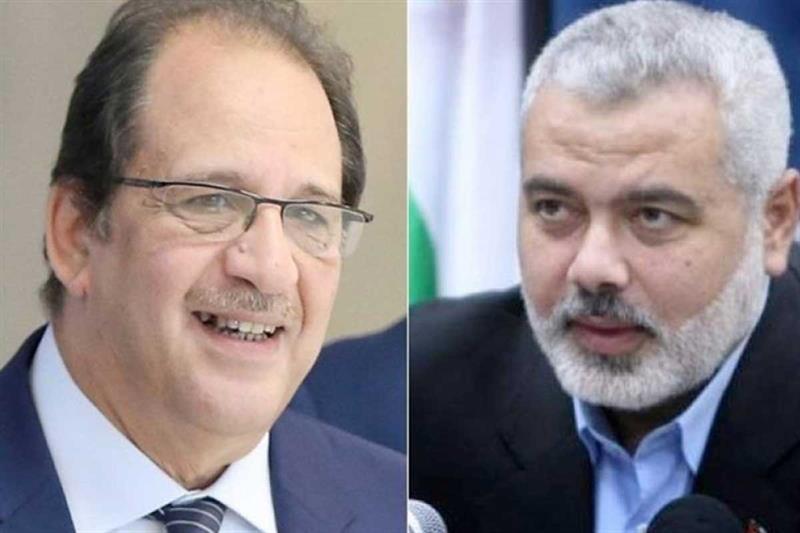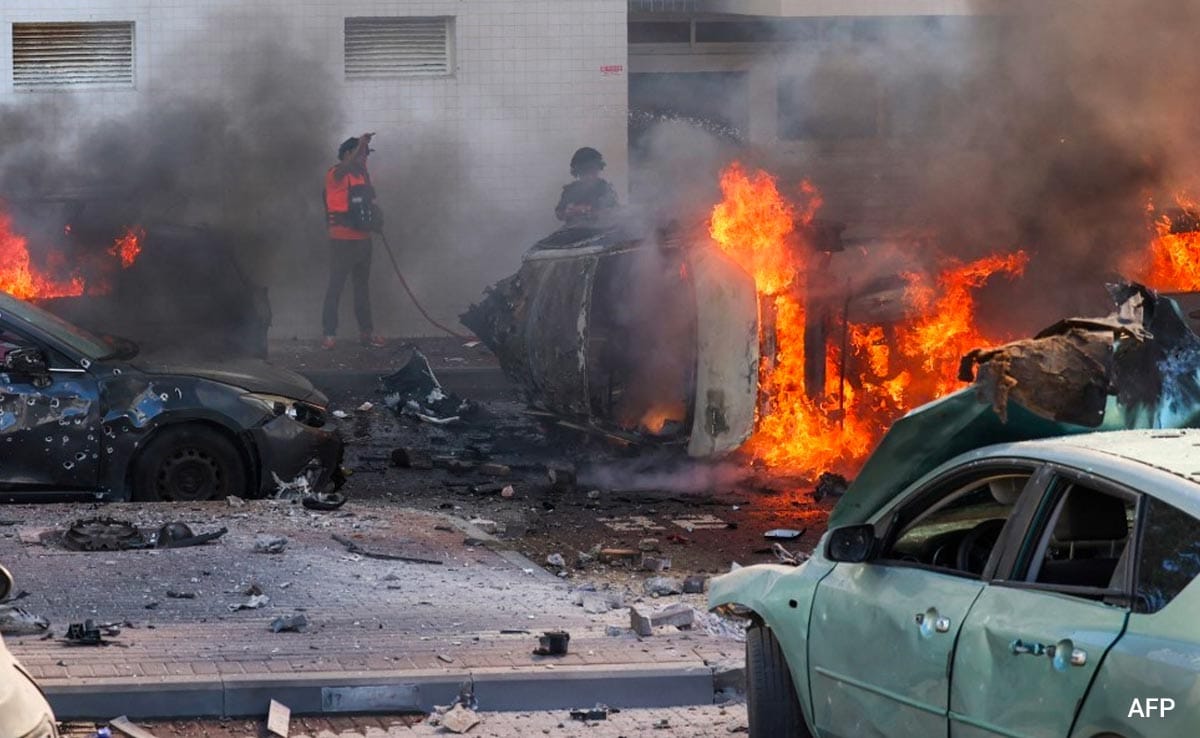Summary
A 3-step plan was proposed by Egypt. It would begin with a 2-week lull and release of 40 hostages, followed by formation of a technocratic Palestinian government, then release last captives and IDF pullout, according to the Times of Israel website
Cairo , Tel-Aviv – Israeli officials confirmed to several Hebrew media outlets Sunday that Egypt has submitted a new proposal for a truce in its war with Hamas and the release of more Israeli hostages held in Gaza, with some indicating that Jerusalem is not flat-out rejecting the draft and that it could lead to negotiations.
According to the Saudi news site Asharq Al Awsat , which quoted a source who participated in the talks between Egypt and Hamas in Cairo last week, the Egyptian initiative is a plan to end hostilities and release all the remaining hostages, in three stages.
The war erupted on October 7 when Hamas launched an attack against Israel from Gaza, killing some 1,093 people and kidnapping over 240, mostly civilians. Israel responded with a military campaign in Gaza aimed at destroying Hamas, removing it from power in the coastal enclave, and releasing the hostages. A previous week-long truce in November secured the release of 105 of the hostages.
First stage
The first stage of the Egyptian plan would be a two-week halt to the fighting, extendable to three or four, in exchange for the release of 40 hostages — women, minors, and elderly men, especially sick ones.
In return, Israel would release 120 Palestinian security prisoners of the same categories. During this time, hostilities would stop, Israeli tanks would withdraw, and humanitarian aid would enter Gaza.
Second stage
The second phase would see an Egypt-sponsored “Palestinian national talk” aimed at ending the division between Palestinian factions — mainly the Fatah party-dominated Palestinian Authority and Hamas — and leading to the formation of a technocratic government in the West Bank and Gaza that would oversee the reconstruction of the Strip and pave the way for Palestinian parliamentary and presidential elections.
Third stage
The third stage would include a comprehensive ceasefire, the release of the remaining Israeli hostages, including soldiers, in return for a to-be-determined number of Palestinian security prisoners in Israeli jails affiliated with Hamas and the Palestinian Islamic Jihad group — including those arrested after October 7 and some convicted of serious terror offenses. In this phase, Israel would withdraw its forces from cities in the Gaza Strip and allow displaced Gazans from the enclave’s north to return to their homes.

Egypt s Chief of General Intelligence Abbas Kamel (L) and Head of Hamas Political Bureau Ismail Haniyeh. (R))
Hamas politburo leader Ismail Haniyeh returned on Saturday to Qatar, where he is based, after a four-day visit to Cairo to discuss the Egyptian proposal . In parallel, a delegation of Islamic Jihad arrived in Cairo on Sunday for talks with Egyptian officials.
Israeli PM Benjamin Netanyahu on Sunday evening reiterated his longstanding position that the Gaza offensive will not stop until Hamas is destroyed. He has repeatedly stressed the three pillars of Israel’s campaign are to destroy Hamas, remove it from power in Gaza, and release the hostages.
“We are deepening the war in the Gaza Strip,” Netanyahu said in a video statement. “We will continue to fight until complete victory over Hamas. That is the only way to bring back the hostages, to eliminate Hamas, and to ensure that Gaza will no longer be a threat to Israel.”
He acknowledged the “very heavy toll” that the war was taking on IDF soldiers, 153 of whom have been killed since the start of the ground offensive in Gaza.
On Saturday night, thousands of people rallied in Tel Aviv in support of reaching a deal to return all of the Gaza hostages.
The head of Israel’s Mossad spy agency, David Barnea, has reportedly met twice with senior Qatari and US officials, with officials permitting him to discuss the release of high-level Palestinian security prisoners, including some who carried out attacks on Israelis.
Opposition to the plan
There is opposition from the far-right flank of Netanyahu’s coalition against pausing the Gaza offensive or releasing high-level prisoners.
National Security Minister Itamar Ben Gvir last week threatened to bolt the government if the Gaza campaign is stopped before the eradication of Hamas. Fellow far-right ally Finance Minister Bezalel Smotrich, who leads the Religious Zionism party, also hit out against the notion of freeing high-level prisoners.
Hamas, for its part, has repeatedly said it will not negotiate a truce and hostage release under fire.
Remaining hostages
It is believed that 129 hostages abducted from Israel by Hamas on October 7 remain in Gaza — not all of them alive — after 105 civilians were released from Hamas captivity during the week-long truce in late November. In return, Israel agreed to boost humanitarian aid to Gaza and to release over 300 Palestinian security prisoners held in Israel, all of them women, teenagers, or other youths. The truce, which could have been extended, ended when Hamas violated the terms, according to Israel.
Four hostages were released before that period, and one was rescued by troops. The bodies of eight hostages have also been recovered and three hostages were mistakenly killed by the military. The Israel Defense Forces has confirmed the deaths of 22 of those still held by Hamas, citing new intelligence and findings obtained by troops operating in Gaza.
Hamas has also been holding two Israeli civilians, Avera Mengistu and Hisham al-Sayed, who are both thought to be alive after entering the Strip of their own accord in 2014 and 2015, respectively, as well as the bodies of fallen IDF soldiers Oron Shaul and Hadar Goldin since 2014.
Israel has come under increasing international pressure for a ceasefire, due to concerns over the mounting civilian toll in Gaza.
The Hamas-run Gaza health ministry claims more than 20,000 people have been killed in the Strip during the war, an unverified figure. Israel says it assesses troops have killed some 8,000 operatives. Another 1,000 Hamas fighters were killed in Israel on October 7, during the group’s onslaught.

Leave a Reply
You must be logged in to post a comment.